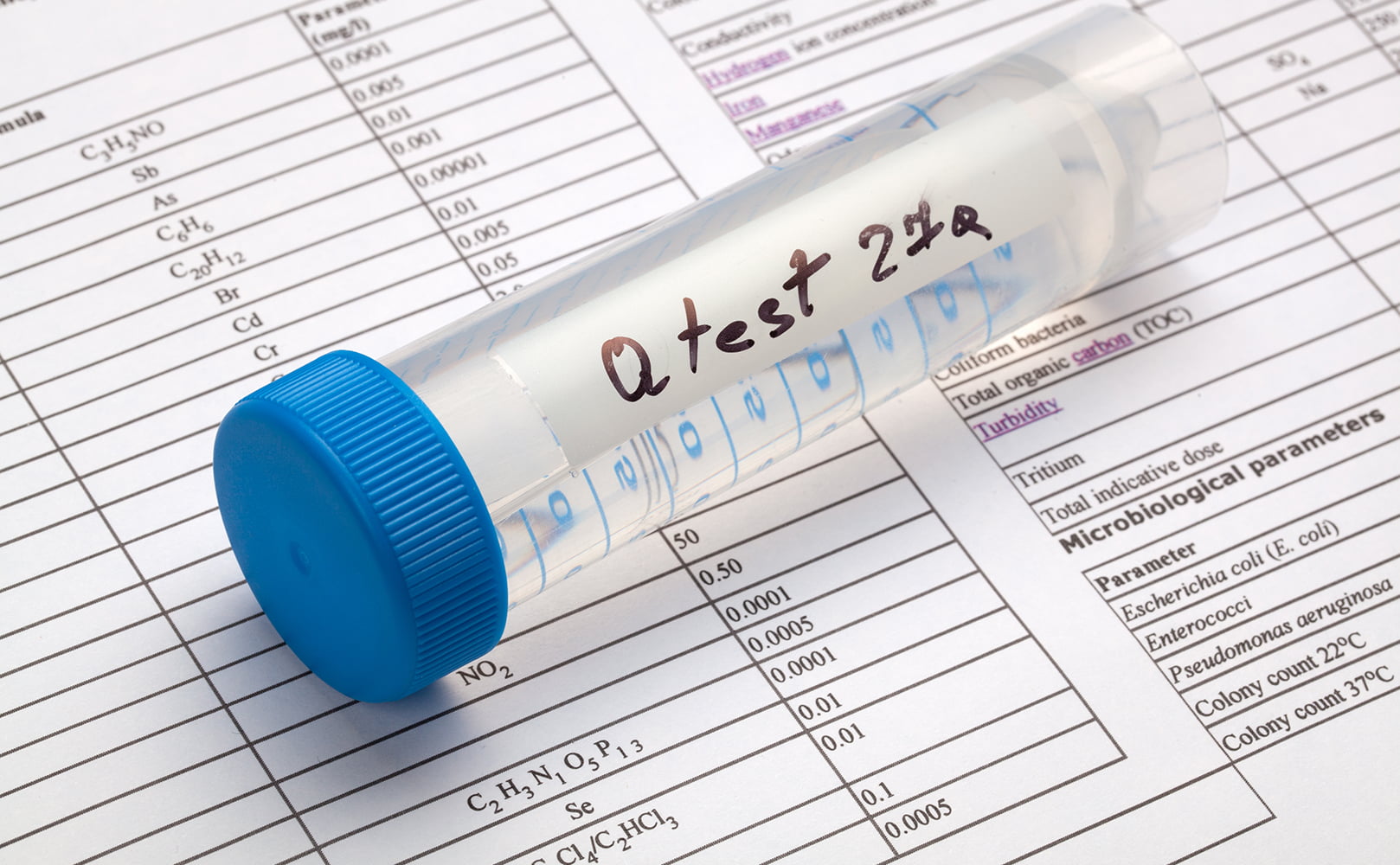Does Reverse Osmosis Remove GenX from Water? Let’s Find Out!
Written by: Gene Fitzgerald // Last Updated: Apr 27, 2023
This page may contain affiliate links. If you buy a product or service through such a link we earn a commission at no extra cost to you. Learn more.
No one wants chemicals in their water, much less a “forever chemical” like GenX.
Because it’s so popular, reverse osmosis is probably the first water filtration method that comes to mind when you think about filtering out GenX.
But does reverse osmosis really remove GenX from water?
Key Takeaways
- Reverse osmosis can remove more than 99% of GenX from water.
Does Reverse Osmosis Remove GenX from Water?
So, does reverse osmosis remove GenX from water?
Yes, reverse osmosis removes more than 99% of GenX from water. In fact, reverse osmosis is the EPA’s top recommended method for filtering out GenX.
How Does Reverse Osmosis Remove GenX?
Reverse osmosis removes GenX by forcing water through a semipermeable membrane under high pressure. The membrane has very tiny pores that stop contaminants from passing. The pores are just small enough that only water molecules can fit through.
As a result, water molecules are separated from contaminants (including GenX), and the pure water flow downs to a tank, where it’s stored for future use. The rejected contaminants on the membrane are flushed out of the system and sent down the drain in a waste water stream.
This process has proven to be highly effective at removing GenX from water.
Other Ways to Remove GenX from Water
Reverse osmosis is not the only way to remove GenX from water. You could also consider:
Catalytic Activated Carbon
Catalytic carbon is activated carbon that has been modified and improved. Compared to traditional carbon, catalytic carbon has a higher affinity for binding contaminants.
Catalytic activated carbon works very well for GenX. It removes GenX from water through adsorption (not to be confused with absorption). The catalytic carbon attracts and holds the GenX molecules on its surface, much like a sponge.
The catalytic carbon filter has a large surface area that enables it to accommodate (and as a result filter out) a lot of GenX molecules.
Strong-Base Anion Exchange
Strong-base anion exchange (SBAE) is another option to try. Here’s how it works:
The anion resin bed is placed in a vessel, and the water is made to flow through it. GenX ions are attracted to the resin’s positively charged ions. The resin holds on to the GenX and exchanges it with other ions. At the end of the process, GenX ions are stuck to the resin bed, and GenX-free water flows out of the filter and is available for use.
Does Boiling Water Remove GenX?
No, GenX cannot be removed by heating or boiling water.
What Is GenX and How Does It Get into Our Water Supplies?
GenX is a chemical introduced by DuPont in 2009. The plan was for GenX to replace another chemical called perfluorooctanoic acid (also called C8 or PFOA). PFOA had previously been used to make Teflon (a non-stick chemical used to coat cookware), but it was pulled out of the market because it raised health concerns. GenX was designed to be the substitute to fill the hole created by C8’s absence.
GenX belongs to a group of man-made chemicals known as per and polyfluoroalkyl substances (PFAS). Due to their strong carbon-fluorine chains, PFAS does not break down easily. Because of this, they’re called “forever chemicals” and are used to make several goods like stain-resistant carpets, non-stick cooking pans, waterproof clothing, and food packaging materials.
Unfortunately, because they’re so tough, GenX and similar chemicals do not degrade easily and linger in the environment for years. And when we ingest them, they build up in our bodies.
GenX chemicals are abundant in the environment and enter our water supplies through multiple routes.
- First, they can be transported through snow and rainwater run-off and enter into nearby lakes, ponds, rivers, etc.
- They can also travel down the soil and pollute groundwater.
- Another way GenX enters our water supplies is through industrial waste discharge. A lot of factories and chemical manufacturers let waste water with PFAS byproducts get into water bodies directly through a drainage pipe or indirectly through a spill or leak.
Since PFAS are not easily degraded, they may remain in the water for many years. This turns into a problem once these contaminated water bodies are used to supply water to people in the area.
What Are the Health Effects of GenX in Drinking Water?
The health effects of GenX are not yet fully understood due to limited research on the subject. However, animal studies suggest that exposure to GenX could lead to developmental changes like delayed bone growth, delayed mammary gland development, and hastened male sexual development. GenX exposure in animals also causes liver changes, kidney changes (increased kidney weight), lowered immune responses, and reduced thyroid hormones.
With more research, the full effects of GenX on humans will become clearer.
Is There a Safe Level of GenX in Water?
Yes, there is a safe level of GenX in water. The EPA issued a lifetime advisory stating that a GenX level of 10 parts per trillion (ppt) in drinking water is enough to protect communities from the harmful effects of GenX exposure.
Note: This safety level is simply a health goal and may not be enforced, so it’s up to you to check the GenX levels in your water and reduce them.
EPA Regulations
Unfortunately, the EPA has set no regulatory limits for GenX as of yet. Again, there’s only a health goal of 10 parts per million, which is not really enforceable.
How You Can Test Your Water for GenX
If there’s GenX in your water, you want to know about it. Sadly, you can’t tell that GenX is in your water just by looking at it; it gives off no smell or taste. The best way to find out if your water contains PFAS chemicals like GenX is to:
- Test your water at an EPA-certified laboratory: Testing your water at a certified lab is the surest way to determine if PFAS chemicals like GenX are in your water. To do this, send a sample of your water to an EPA-certified lab near you (you can check for these labs on the EPA website). This method isn’t free, and results don’t come instantly, but it’s definitely worth it. The lab test checks for GenX and other PFAS chemicals and lets you know which chemicals are present in your water and their respective concentrations.
- Check your water quality report: Your local water provider is mandated to test your water for contaminants and make the report public. Contact your water provider and request a copy of the water quality report. The reports may tell you if GenX or any PFAS chemicals have been detected in the water supply.
If you have any thoughts about the question, will reverse osmosis remove GenX, please don’t hesitate to leave a comment below!
Information provided on BOS is for educational purposes only. The products and services we review may not be right for your individual circumstances.
We adhere to strict editorial guidelines. Rest assured, the opinions expressed have not been provided, reviewed, or otherwise endorsed by our partners – they are unbiased, independent, and the author’s alone. Our licensed experts fact-check all content for accuracy. It is accurate as of the date posted and to the best of our knowledge.



